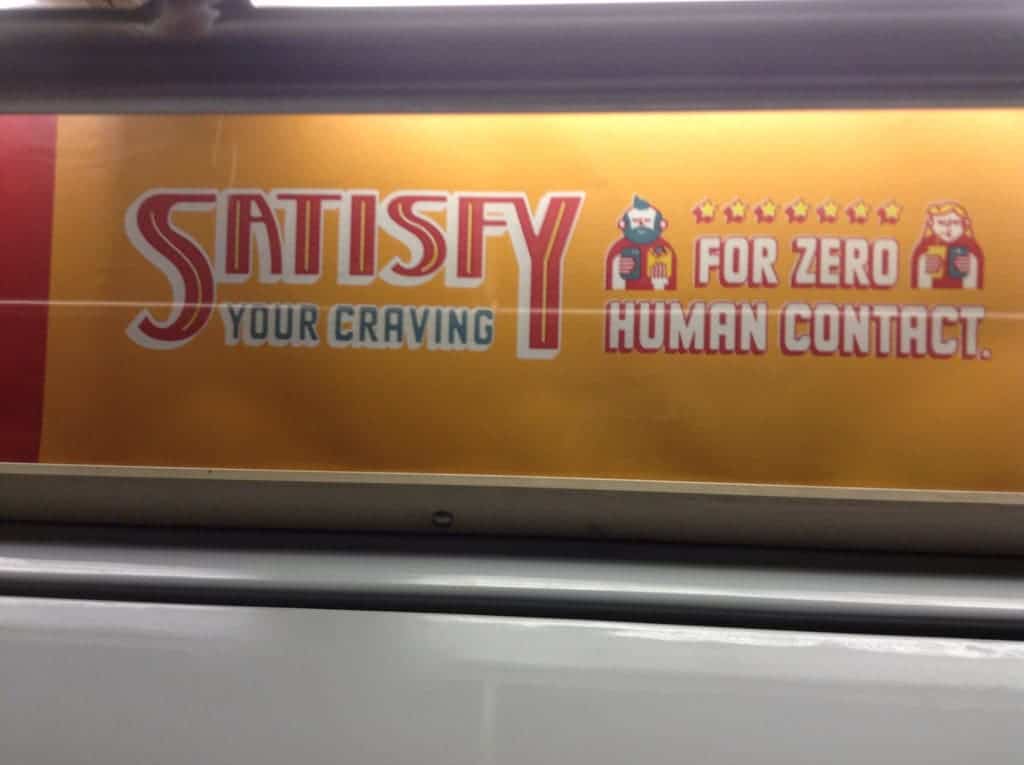Although most of us strive to eat healthily, new research shows that we don’t always put our money where our mind is — in fact, we’re much likelier to listen to our heart.

Image credits _molins / Flickr.
Healthy living isn’t a destination, it’s a journey — an often boring, often challenging journey, peppered with the unfortunate bland meal here and there. Despite its occasional lackluster appeal, though, most of us embark on such a trek. We understand that healthy choices in what we eat, how we spend our time, and all sorts of other decisions are good for us; so we’re willing to put in the work.
Our subconscious minds, though, simple creatures that they are, are perfectly happy to trip us into a bad choice. New research from the New York University (NYU) found that we’re willing to pay more for unhealthy foods when we crave them, and we’re willing to pay disproportionately more for larger portions of food items we crave.
“Go on, you like deep-fried sugar”
“Our results indicate that even if people strive to eat healthier, craving could overshadow the importance of health by boosting the value of tempting, unhealthy foods relative to healthier options,” says lead author Anna Konova, a postdoctoral researcher at NYU.
Our psychological state and needs have a central if subtle role to play in shaping our behavior. Needless to say then that there’s growing interest across several academic fields — from medicine and psychology to economics and marketing — in understanding that dynamic. Craving, recognized as a state of mind that can contribute to addiction, eating disorders, and obesity, has gained center stage in this regard as of late; for better or worse.
The team notes that despite all the attention it’s been getting recently, we still have a very dim idea of what craving actually is and how it impacts our behavior. So, they set out to study it.
They conducted a series of experiments in which they asked subjects to indicate how much they’d pay for certain snack foods after they developed a craving for them. They defined ‘craving’ as a significant difference in desire for a specific food before and after exposure to it.
According to the results, people were willing to pay more for the exact same snack if they were just exposed to it and asked to recall eating this item, compared to pre-exposure. The team notes that the effect held true whether or not the participants were hungry or not before and after exposure — suggesting that craving and hunger are, at least in part, distinct states.
“Craving, which is pervasive in daily life, may nudge our choices in very specific ways that help us acquire those things that made us feel good in the past — even if those things may not be consistent with our current health goals,” Konova explains.
“In other words, craving Snickers does not make you hungrier; it makes you desire Snickers specifically,” adds co-author Kenway Louie, a NYU research assistant professor.
He also said that the team noticed a spillover effect of craving, which applied to similar food items that subjects were never exposed to — for example another brand of chocolate, a candy bar, etc.
Another important thing to take home from the research is that the effect of craving on our willingness to pay was more pronounced for higher-calorie items which contained more fat or sugar (such as chocolate or fast food) compared to healthier options (such as a granola bar). We’re also willing to pay ‘disproportionately more’ for higher portions of items we crave, they add.
“It appears that craving boosts or multiplies the economic value of the craved food,” concludes Konova.
Which is understandable, I guess. Trade has never been about how much something is ‘worth’ — it’s always been about how much something is worth in a buyer’s eyes. But it’s important to note that the people whose job is to make you buy all the products on the shelves right now have access to research such as this. They know that your cravings can play against you — whether it’s to make you pick the unhealthy option or to take that dollar bill from your pocket into the cash register. They also know that advertising pays off big, especially with those who aren’t yet wise enough to reign in their cravings — that’s why US fast food companies spend some 4.6 billion dollars in advertising each year, with prime targets being kids and adolescents.
You don’t need everything you want, and you don’t want everything you need. Keep that in mind the next time you’re looking for a snack, or a shop seems to have exactly what you want on display.
The paper “The computational form of craving is a selective multiplication of economic value” has been published in the journal Proceedings of the National Academy of Sciences.



